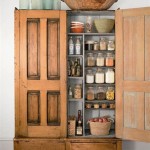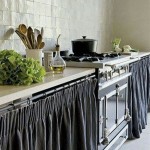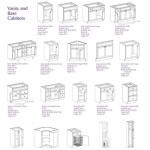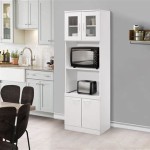Troubleshooting Self-Closing Cabinet Hinges: Why They're Not Working
Self-closing cabinet hinges offer convenience and a seamless, quiet close. But when these hinges malfunction, the frustration can be significant. Whether the door slams shut with force, sticks open, or simply refuses to close, the issue can be a source of annoyance and even potential damage. This article delves into the common reasons why self-closing cabinet hinges might be experiencing issues and offers practical troubleshooting steps.
1. Insufficient Closing Force
The most common reason for a self-closing hinge failing to close the door properly is insufficient closing force. Several factors can contribute to this:
- Worn-out Springs: The spring mechanism inside the hinge is responsible for generating the closing force. Over time, the spring can weaken, leading to a sluggish or incomplete door closure.
- Dirty or Obstructed Hinge: Accumulated debris or dust can hinder the smooth operation of the hinge. Check for any obstructions or buildup that may interfere with the hinge's movement.
- Loose Screws: Loose screws attaching the hinge to the cabinet door or frame can cause misalignment and reduce closing force.
- Improper Installation: If the hinge was not properly installed from the beginning, it might not have adequate space or leverage for the spring to function effectively.
2. Friction and Sticking
Another common reason for self-closing hinges to malfunction is friction and sticking. This can be caused by various factors:
- Door Weight: Heavy cabinet doors can put excessive strain on the hinges, causing them to bind or stick.
- Misaligned Door: If the cabinet door is not aligned correctly, it can rub against the cabinet frame, creating friction and hindering smooth closing.
- Door Warping: Over time, cabinet doors can warp or become uneven due to humidity or temperature changes. This warping can cause the door to stick or bind against the hinge.
- Paint Build-up: Thick layers of paint on the hinge itself or the door can also create friction and impede movement.
3. Worn-out Parts
Self-closing hinges are mechanical devices, and like any mechanical device, they are subject to wear and tear. Some parts, like the hinge's spring mechanism, are designed to last for a specific period.
- Spring Wear: As mentioned previously, the spring is a crucial component in the closing mechanism. With regular use, the spring can lose its tension and ability to generate sufficient closing force.
- Hinge Housing Wear: The housing of the hinge can also wear out over time, allowing for looseness and misalignment.
- Metal Fatigue: The metal used in the hinge components can experience fatigue after prolonged use. This fatigue can manifest as cracks, weakening, and eventually failure in the closing mechanism.
Troubleshooting Steps
Here are some steps you can take to troubleshoot and resolve self-closing hinge issues:
- Check for Obstructions: Inspect the hinge for any debris or obstructions that might be interfering with its movement. Clean the hinge using a soft brush and compressed air.
- Tighten Screws: Ensure all screws attaching the hinge to the door and cabinet frame are securely tightened. Use a screwdriver to tighten any loose screws.
- Adjust Hinge Position: If the hinge is misaligned, gently adjust its position to ensure the door closes smoothly.
- Lubricate Hinge: Apply a light lubricant, like WD-40 or silicone spray, to the hinge mechanism to reduce friction and ensure smooth movement.
- Check for Worn-out Springs: If the hinges are old or have been used frequently, the spring might need replacement. You can purchase replacement springs online or at local hardware stores.
- Consider Replacing the Hinge: If the hinge is beyond repair or the spring is worn beyond replacement, consider replacing the entire hinge with a new one.
Remember, it is always recommended to consult with a professional if you are unsure about how to troubleshoot or repair your self-closing cabinet hinges.
Soft Close Hinge Not Working Common Issues And Fixes Maxave
Soft Close Hinge Not Working Common Issues And Fixes Maxave

How To Adjust Soft Close Hinges 7 Steps With Pictures Wikihow

Tec Soft Close Adjustment

How To Adjust Soft Close Hinges 7 Steps With Pictures Wikihow

How To Adjust Kitchen Cabinet Doors That Won T Close

How To Adjust Self Closing Kitchen Cabinet Hinges Maintenance

Soft Close Hinge Not Working Common Issues And Fixes Maxave

Diy Soft Close Cabinet Doors With Thrifty Decor And Organizing

How To Adjust Soft Close Hinges 7 Steps With Pictures Wikihow
Related Posts








